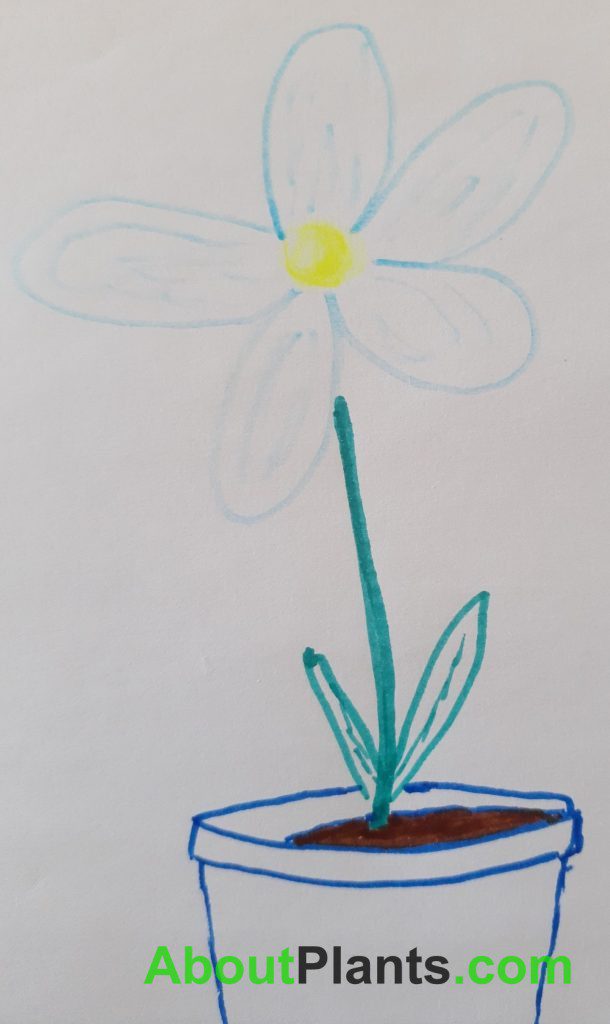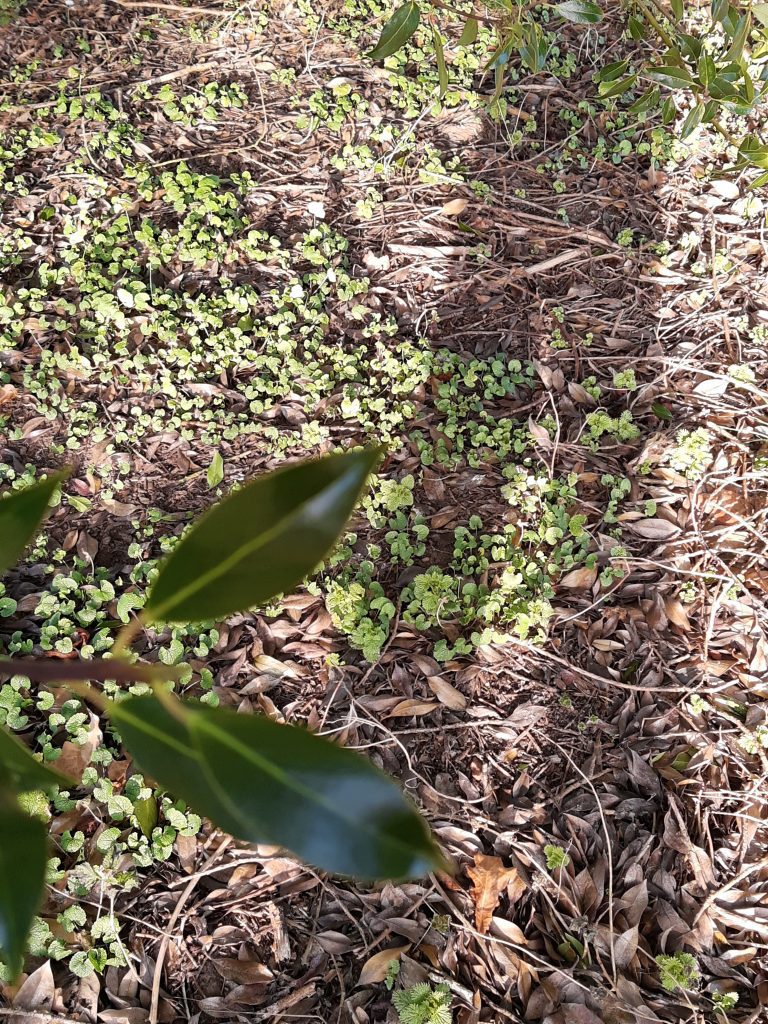There are several types of soil and it is most important that you select the correct plants for the soil that you have in your garden or that you are going to use for potting. For example, plants that tend to live limestone areas fare well in soil that has a relatively high pH value. Alkaline soil tends to have a pH of 7.1 to 8.5. Soils with pH above 8.5 can be considered very alkaline and soils with a pH above 9 do not tend to support many plants well. pH above 9 may be caused by human intervention, rather than natural occurrence, although it is possible to have soils with high pH (above 8.5) in areas with high amounts of lime or sodium bicarbonate (including clay soils). Clay soils that naturally contain a large amount of sodium bicarbonate or sodium carbonate may have a very high pH relative to other soils. Note that pH7 is neutral (the pH scale is 1 to 14, 1 being strong acid and 14 being strong alkali – soils will never naturally reach the extremes of this scale). When we talk about alkaline soils, this means that the pH is above pH 7, pH 7 being neutral and when we talk about acidic soils this means that the pH is below pH 7.

Types of Soil in Coastal Areas
Sat from the sea does not tend to change the pH of soil significantly. Salt (sodium chloride) from the sea doesn’t just affect areas immediately coastal; areas inland where the salt spray often reaches can also be affected by the salt. Salt, although not necessarily affecting the pH of the soil can have other effects, including the ability of plants living in the area to keep sufficiently hydrated. Spray travelling inland from the coast often causes problems for plants in areas that are in the vicinity of a coast or tidal river, not just those directly on the coast itself. In coastal areas the soil may have a lot of sand. If your garden has a lot of sand it is important that you use the correct nutrients and fertilisers to ensure that sandy soil has the the balance of nutrition needed for plants to grow. Sandy types of soil are often termed hungry soil or light soil. Sandy soil has the benefits of draining well which means that your garden may not be waterlogged. However, as soil drains, the action of drainage may remove many nutrients that the plants require. Plants that are used to living in sandy soils tend to have deep roots. This is a natural adaptation in order for the plants to dig as deeply as possible to attain the nutrients that it needs to survive. You may notice that plants living in sandy soil have small leaves, this is similar to the way that cacti have developed spines (which are in reality adapted leaves). This gives an appearance of much less foliage, and an almost spiny or thorny garden. The terms spiny or thorny may sound negative but in fact plants that grow in sandy soil are very beautiful due to the array of colours which they generate. When this is complemented by other features, including rockeries, this type of garden looks fantastic in our opinion. Also, plants that grow in sandy soil tend to be relatively slow growing in comparison to many other varieties and this leads to an easier to maintain garden. The key is to use the right plants in the right area in order to experience the best possible ‘picture’ that your garden can be. This can be done by incorporating organic matter such as compost. Many shrubs, conifers and trees can be grown in coastal areas so there is still a lot to select from. Inland types of soil are affected by other elements. These include chalk, limestone, clay and of course contaminants within the soil caused by humans.
Clay Soil
Clay soil is a type of soil that can often be difficult to work with. In the summer it is often dry and this is where you will see the shaped cracks in the top of a very smooth soil. In the winter the opposite is the case, where clay soil can be very heavy and waterlogged. Clay soil also tends to stick to wellingtons and other footwear used in the garden meaning that you have to be careful not to transfer clay soil into your house, because clay soil is more difficult to remove from carpets and other surfaces. When clay soil cracks in summer this can be detrimental to plants. When cracks appear spaces between the soil, these spaces can literally pull apart sections of a plant’s root system. This means that in summer or late spring it would be useful to break up the soil manually and ensure that a light sprinkling of water is applied at the end of most days. Make sure that you do not over water the soil. When you are breaking up the soil it is useful so incorporates organic matter or composts at this stage, as this will increase the nutrient content of the soil and help plants that live there achieve sustained growth and look their best. If you are planting new plants in clay soils, these are best planted in late winter to early spring, just at the beginning of the growing season. Check the long term weather forecast to ensure no icy conditions are imminent. If there is a likelihood of severe frost, delay planting until this period has passed. This will avoid plants perishing in the harsh winter conditions. This advice applies to the UK and similar regions that have climates that fluctuates greatly.
There are many plants, shrubs, ferns, climbers and trees that can be planted in clay soil. These include perennials such as primula and iris.
Neutral to Acidic Soil
Neutral to acidic soil tends to occur in the mainland, away from coastal regions. This includes moorland, hillsides and areas of open woodland.

Plants that grow in these areas are often termed acid lovers. When using compost in these areas ensure that the compost does not contain compounds with a high pH. Using a slightly acidic compost is recommended. Ask for advice when purchasing compost if you are not sure. Because of the natural habitats of plants that grow in neutral to acidic soil, a sprinkling of wood chips or mulch may benefit the top surface. This helps to maintain water and and stop any erosion that may otherwise take place. An additional benefit of using wood chips or mulch is it can prevent weeds from growing around the plants that you have put in that area of your garden. Heathers and rhododendrons tend to be plants that grow well in neutral to acidic soil. There are also several conifers, trees, shrubs and perennials that grow well in neutral to acidic soil. Pine trees are excellent features for this type of soil and the green of the pine can be complemented by the vibrant flowers produced by many of the plants and heathers that grow in this type of soil. Check the height that rees are likely to grow to before planting if a high tree may be detrimental to your garden or affect neighbours. Plants that prefer acidic soil environments tend to perish when exposed to alkaline environments such as gardens in regions with an abundance of clay soil.
Chalk and Lime Soils
If your home is in an area that has a lot of soil which has got an abundance limestone in it, wildlife can develop but it tends to develop better when there is a spreading of topsoil above the chalk and limestone base.
More about Different Types of Soil
Please read the additional sections relating to each type of soil and the plants which grow well in each environment. The information given on this website is for entertainment purposes only and is not a substitute for professional advice given by an experienced gardener or a member of staff properly trained at a garden centre. Never rely on the information given on this website solely, and always seek appropriate advice before making any changes to the environment. Note that the views here are the opinions of the author and people’s tastes will obviously differ.
Have any Ideas?
We hope that you have found the information on aboutplants.com useful. If you feel that any article requires amendments and you would like to submit information about a plant, tree or shrub that you are particularly experienced in dealing with, or just like, please send ideas and information via the contact us section. We are always keen to hear from other people that have interests in gardening.
